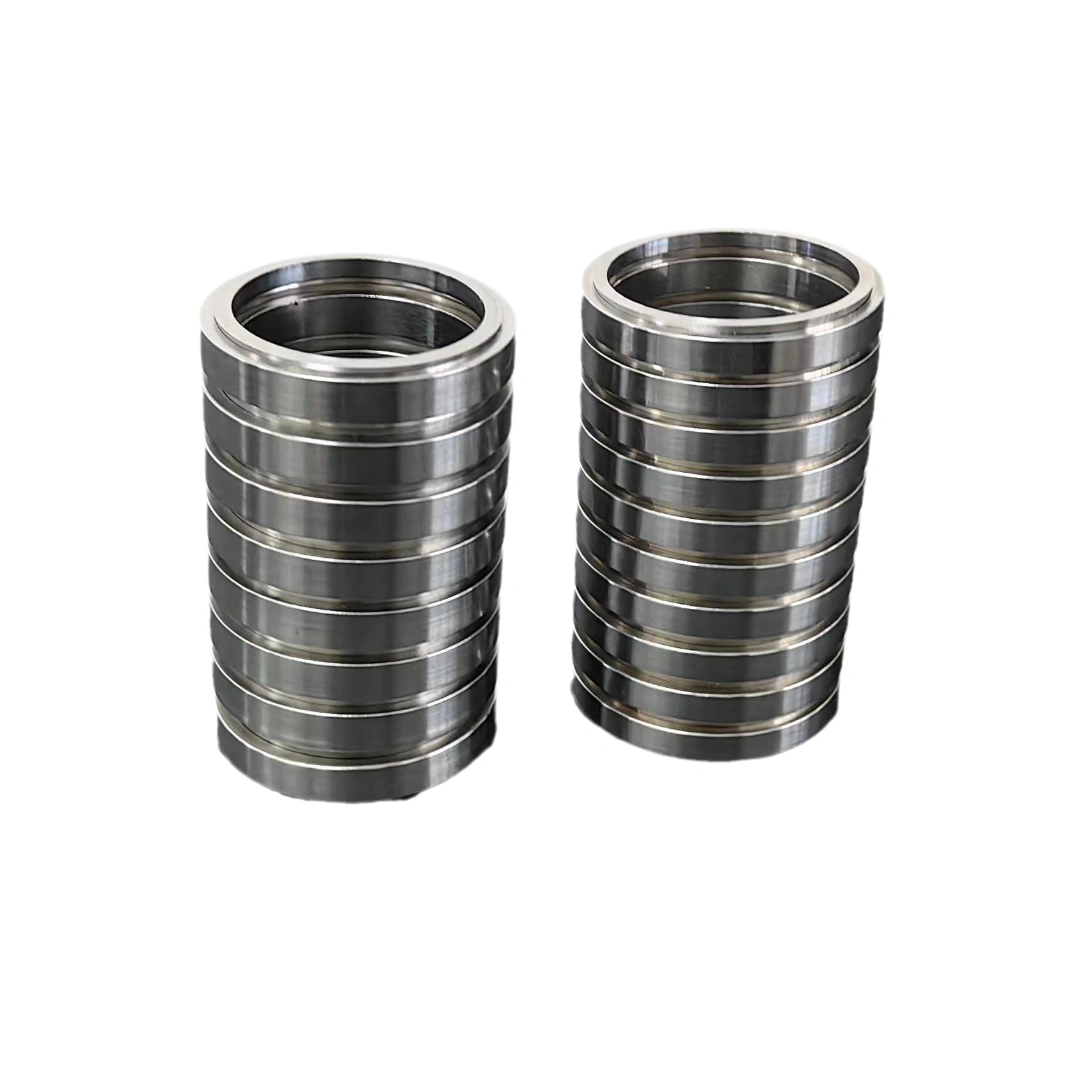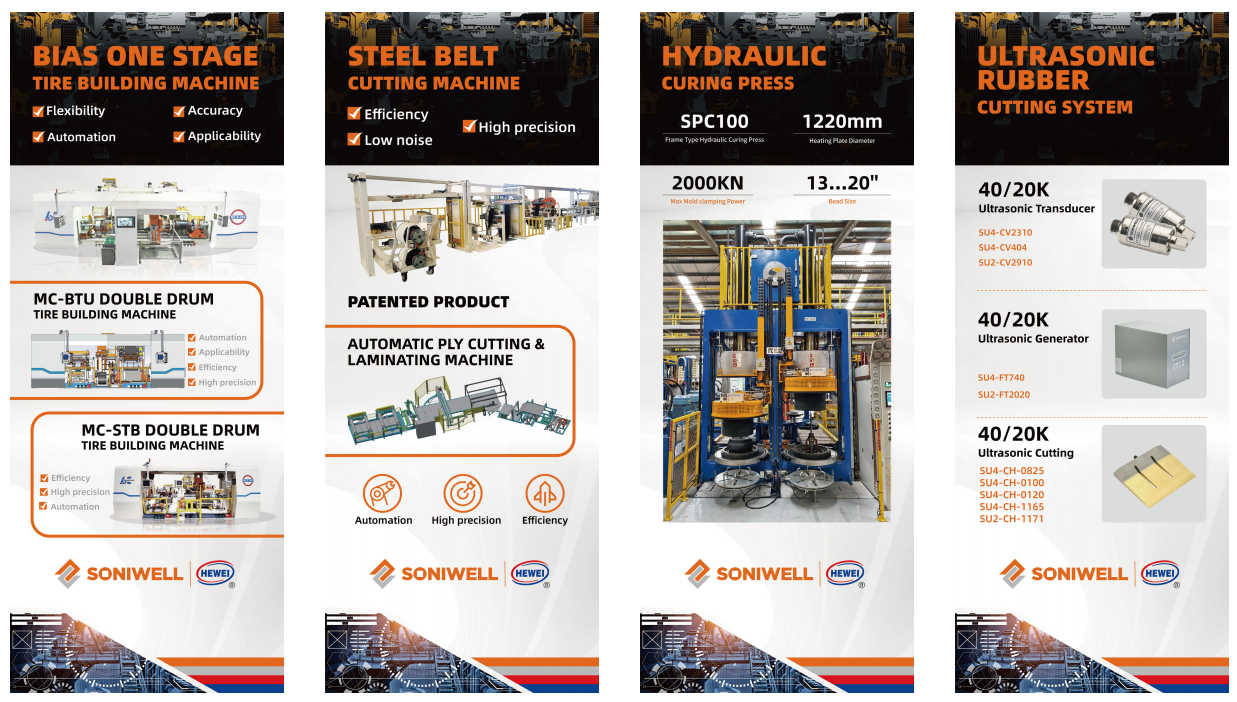With the continuous advancement of science and technology, friction springs are key components in mechanical and electronic equipment, and their performance and material selection are particularly important. In the future, friction springs will face dual challenges in materials science and technology, but at the same time, they also breed huge opportunities. Raleigh Spring friction springs are widely used in real life, especially in high-speed and high-precision mechanical systems, such as lathes, drilling machines, cycloidal pinwheel transmissions and other mechanical equipment. In these devices, friction springs can effectively control the vibration of the mechanical system through its damping effect, thereby improving the stability and accuracy of the system.

Performance requirements and current situation of friction springs
As an elastic element with special functions, friction spring is required to have high elasticity, good wear resistance, stable friction coefficient and other characteristics. However, traditional materials often face performance bottlenecks when meeting these requirements, such as insufficient elastic modulus and poor wear resistance. In addition, with the trend of miniaturization and lightweight of equipment, the performance requirements for friction springs are becoming higher and higher.
Challenges of material science to friction springs
1. New material research and development: How to develop new materials that have both high elasticity and good wear resistance is a major challenge facing friction springs. This requires materials scientists to continuously explore new material combinations and preparation processes.
2. Performance optimization: Based on existing materials, how to optimize the performance of friction springs by changing material structure, additives, etc. is also a problem that needs to be solved in the field of materials science.
3. Cost considerations: The development and application of new materials are often accompanied by high costs. How to reduce costs while ensuring performance is another challenge faced by friction spring material science.
Opportunities brought by technological innovation to friction springs
1. Nanotechnology: The application of nanotechnology provides the possibility to improve the performance of friction springs. Through nanoscale material design and preparation, the wear resistance and elasticity of friction springs can be significantly improved.
2. Composite materials: The emergence of composite materials provides a new way to optimize the performance of friction springs. Through the combination of different materials, the advantages of various materials can be comprehensively utilized to optimize performance.
3. Intelligent manufacturing: The development of intelligent manufacturing technology has brought revolutionary changes to the friction spring manufacturing process. Through precise manufacturing and quality control, friction spring consistency and reliability can be significantly improved.
Conclusion
The future of Raleigh Spring friction springs is full of challenges and opportunities. Facing the challenges brought by materials science, we need to continue to innovate and develop new materials with better performance. At the same time, we must also seize the opportunities brought by technological innovation and use nanotechnology, composite materials, intelligent manufacturing and other means to promote the performance improvement of friction springs and the optimization of the manufacturing process. It is believed that in the near future, friction springs will play an important role in more fields and contribute to technological progress and social development.
Raleigh Spring Elasticity
wxam.assistant@marketingforce.com




